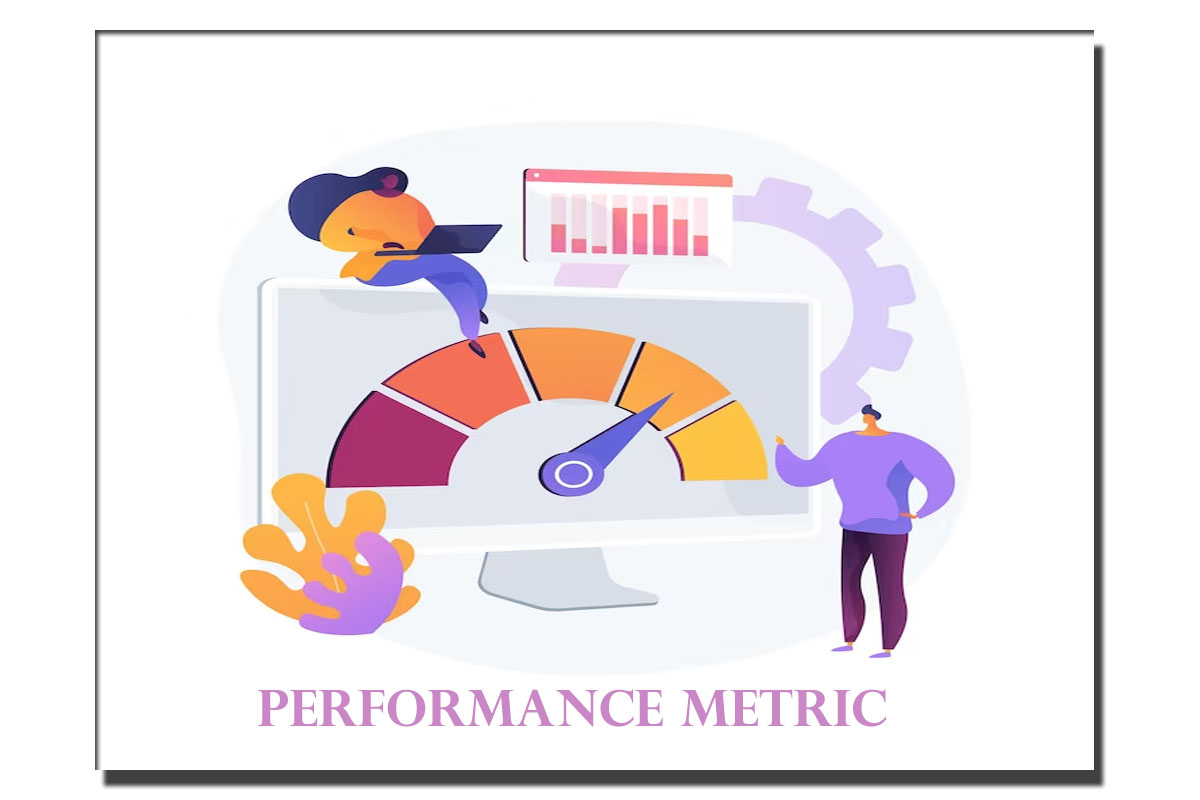Performance Metric
The performance metric is defined as tracking or measuring the growth and development of the business. Some examples of performance metrics are revenue, cost, scopes, and productivity. Performing metrics also include if your goal is being met, and these metrics help us meet our overall business goal. The performance metrics are measurable data, and with their help, you can track your business activities and employees’ work, productivity, and other metrics.
Different Types of Performance Metric
It will be easier to divide the performance metric into different categories and measure them. The overall business consists of various things such as sales, employees’ work, projects, and more. Now all these things cover different key factors. For example, employees’ productivity will let you know how much work different employees do.
The performance metric can be great if the data can be applied quickly to reach business goals. Many businesses track different performance metrics to measure success and reach objectives. Let us look at the most common performances and learn briefly about them.
Business Performance Metrics:
This is tracked based on sales, marketing, and the revenue generated. You can compare the results with the goals and objectives you have already established. And when you compare both the data, you will understand if you have missed out on something and where you need to make changes to reach the desired goals. Now the overall business performance metrics can be covered with these two elements.
Productivity – The workload done in the given time or the products developed is called productivity. Suppose, for example, the revenue generated for business by different employees.
Return on Investment – ROI is one of the important factors of the business, and the data will help you see if your investments have returned with a profit. If you are certain investments you made and are not getting good results, you can stop them. For example, if the return rate of an investment is 15% from one business and the same investment with another gives 10%, then you know where to stay.
Project Management Performance Metrics:
The performance of the project is calculated. From the time project is taken till the end of it. Every data needs to be collected. And it should be compared with the goals you set for it. This comparison will help you understand how the projects need to be completed. A project manager does this. There are three elements to project management.
Satisfaction and Quality – It is customer-centric data, and it measures the project’s quality and the client’s satisfaction.
Scope of the Project – The scope will give you brief insights into how much time and money is required to complete the project. So you can provide your clients with the best outcomes.
Costs – There could be any unexpected changes in the budget between the project, so you need to keep track of the cost. So later, the issue can be handled easily, and it will help avoid clashes due to money.
Sales Performance Metric
The sales your company generate in a year or a month. Sales can be measured as individual or team performance to get more sales. All the things that come under sales performance are sales action, customer reach, revenue generated, number of leads, and more. Measuring all areas of metrics will give you useful insights into how business sales are performing. This is based on lead generation, sales productivity, and revenue generated.
Employee Performance Metric
Employee productivity can contribute to the company reaching business goals. And tracking the employees’ performance helps managers make adjustments or improvements to help the company and employees work efficiently and smoothly and reach goals. Employee performance includes Quality, Efficiency, and quantity.
Quality – The work quality metrics measure the employee’s work based on eminence. And the best way to measure the quality metric is subjective appraisal. This will also help to break down larger business goals into smaller ones that will be easier to achieve.
Quantity – The quantity of the work is measured. Suppose, for example, the number of sales “X” employed made or the number of leads they brought.
Efficiency – Both quality and quantity are measured to check the overall outcome. And also, the time and money invested to produce a particular product can be considered efficient.
Conclusion
The performance metrics are great if the collected data can be compared with reached goals and you see better results than you have set. Therefore, many businesses need to start working on the performance metric of their company. And with this help, the company will reach higher success within no time.

